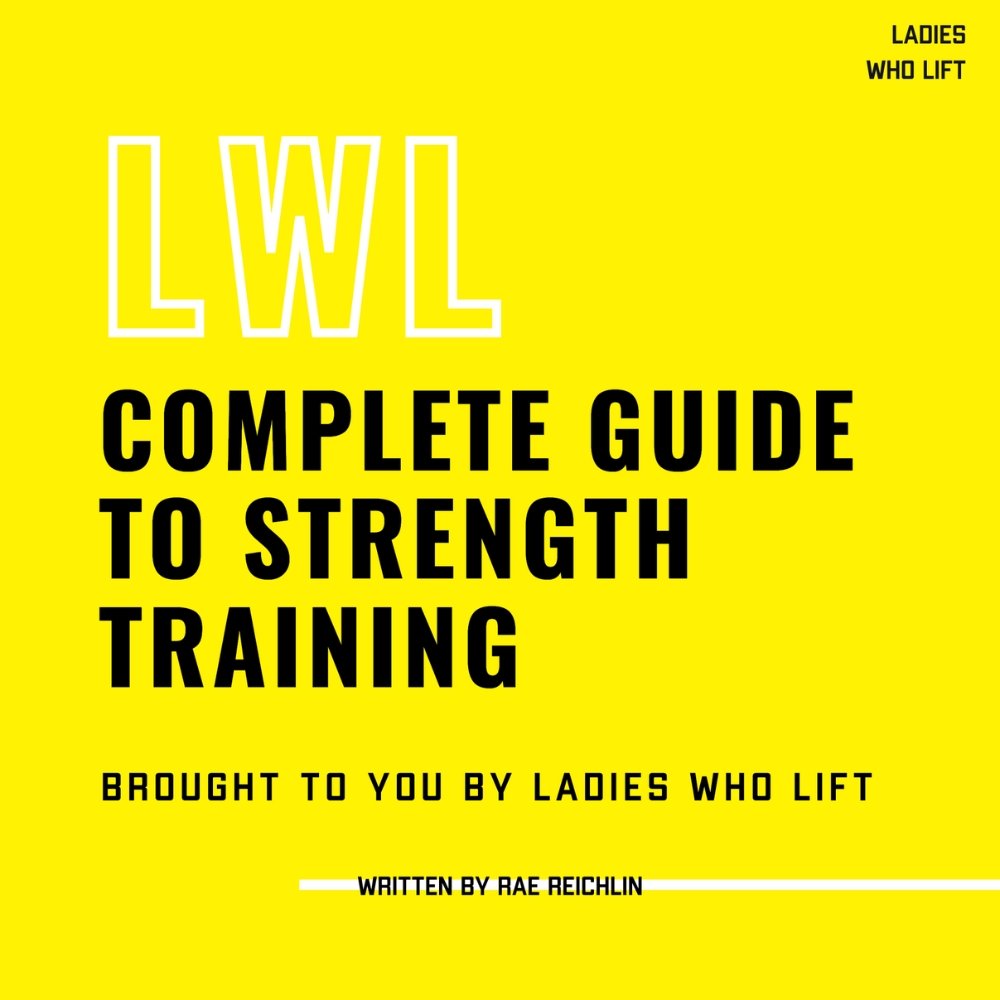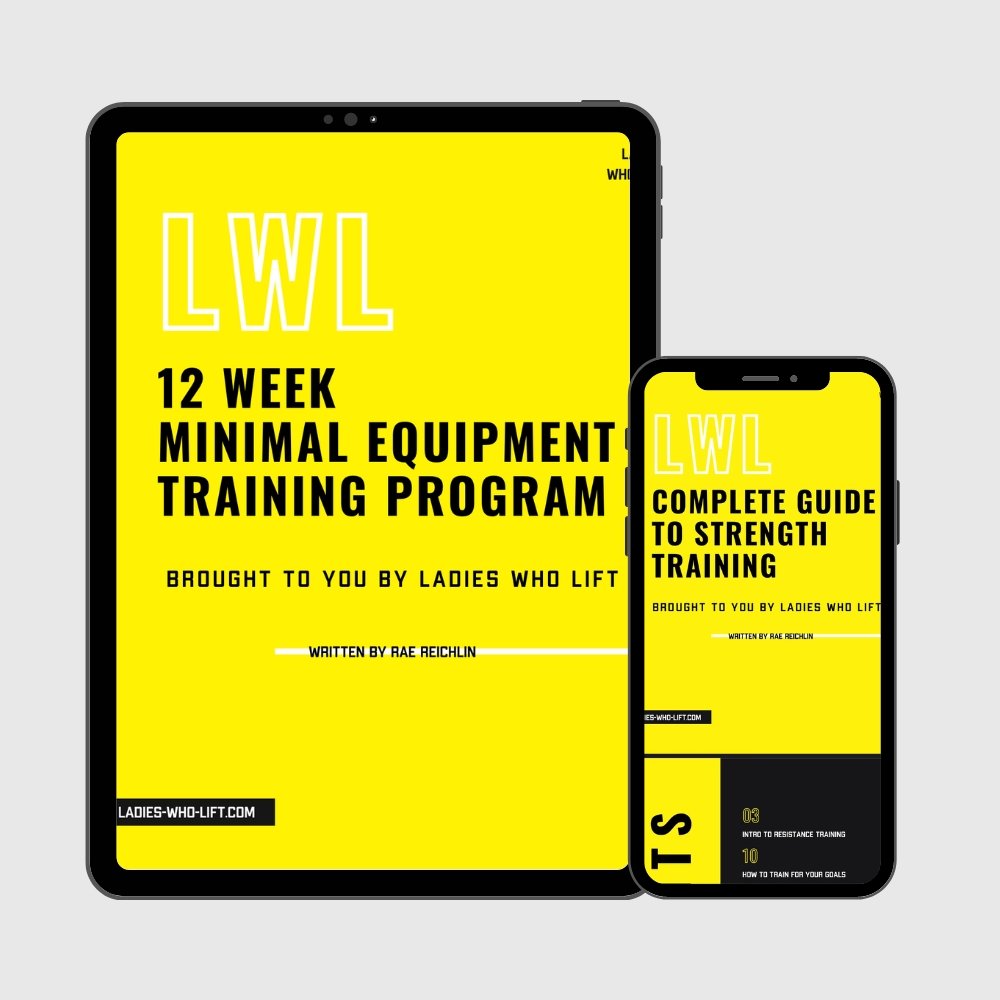Drop Sets
A drop set is an advanced lifting technique that involves taking a set to failure and with no rest, “dropping” the weight, performing an additional set to failure with a lighter weight, and repeating two to four times.
Lifters have been incorporating drop sets into their training for years in order to “chase the pump” and build muscle.
In this article, we will teach you how to do a drop set, share its benefits, and answer common FAQs about this technique.
Table of Contents
How to Do a Drop Set
Drop sets are fairly straightforward, but let’s take a look at a concrete example using dumbbell curls.
Sub-Set 1: 12 reps at 25lbs taken to failure
Sub-Set 2: 8 reps at 15lbs taken to failure
Sub-Set 3: 6 reps at 10lbs taken to failure
Sub-Set 4: 4 reps at 8lbs taken to failure
As a general guideline, reduce the weight for each sub-set by about 20-50%. The more sub-sets you do, the more fatigued you’ll be, and the more you’ll need to reduce weight in order to complete the reps.
Because of the high metabolic demand, save drop sets for the end of your workouts using single-joint movements. Doing drop sets for squats and deadlifts will leave you toast for the rest of your workout and you won’t be able to get much additional meaningful work done that session.
We’d also recommend only doing 1-2x drop sets per workout. We like doing several straight sets and then incorporating a drop set as a finisher. This way you’ll ensure you’ve gotten your proper training volume in without adding in “junk reps”.
This brings us to our last point about training until failure. When we say failure, we don’t mean that you’re about to keel over and pass out. We mean technical failure. The point of which you can no longer do the movement with proper form. We don’t want injuries to occur from poor form and exhaustion. Live to lift another day.
Benefits of Drop Sets
They are time-efficient
One positive of drop sets is that they are a time-saver. If you can’t spend a lot of hours in the gym to dedicate to your accessories, add a few drop sets to your routine to knock out a lot of volume in a short amount of time.
Produces strength and muscle gains
Unfortunately, there isn’t much research out there proving that drops sets are superior to traditional straight sets when it comes to strength or hypertrophy. However, there aren’t a lot of studies done that show that they are worse. So if you enjoy them, go ahead and program them.
Improves muscular endurance
Drop sets can help improve muscular endurance according to this study in untrained lifters. This makes sense since the goal of endurance is repeated bouts of exercise in a short time.
Easy way to gauge effort
Drop sets provide solid parameters ensuring that you are in fact training hard enough. There’s no guesswork on the amount of effort that goes into training to technical failure. You can’t fake it. So if you are wondering if you are pushing yourself hard enough, drop sets can provide a measuring stick on where your current limits are in a safe way.
FAQs
What are other terms used for drop set?
Descending sets, strip sets, multi-poundage system, run the rack, and triple drop are all common phrases for this type of technique.
Are drop sets good for building Muscle?
Yes. They haven’t been shown to be superior to straight sets when volume is equated, but because they allow you to increase mechanical tension, muscle damage, and metabolic stress, they are a good tool for hypertrophy.
What are the best exercises for using drop sets?
We like to use them for single-joint accessory exercises such as DB Curls Calf Raises, Leg Extensions, Hamstring Curls, Lateral Raises, and Tricep Pressdowns.



